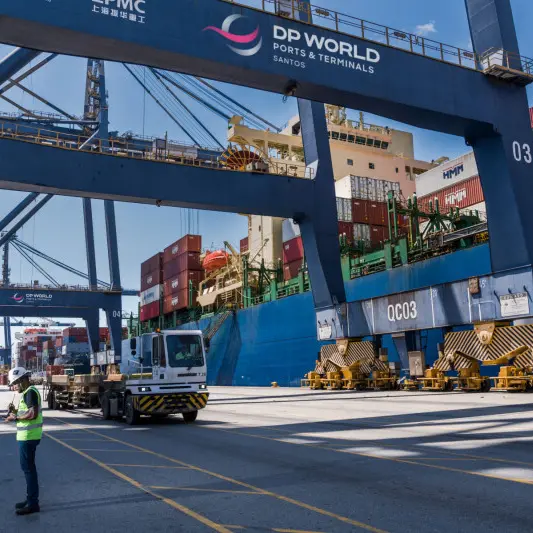PHOTO
New orders for key U.S.-manufactured capital goods increased more than expected in September, but business spending on equipment likely slowed in the third quarter.
Non-defense capital goods orders excluding aircraft, a closely watched proxy for business spending plans, jumped 0.5% last month after an unrevised 0.3% gain in August, the Commerce Department's Census Bureau said on Friday.
Economists polled by Reuters had forecast these so-called core capital goods orders would edge up 0.1%. Core capital goods shipments fell 0.3% after dipping 0.1% in the prior month.
Higher borrowing costs have been a constraint on business investment, though a loosening of financial conditions as the Federal Reserve prepared to cut interest rates boosted spending on equipment in the second quarter.
Non-defense capital goods orders dropped 4.5% after declining 4.4% in August. Shipments of these goods dropped 3.6% after falling 2.0% in the prior month.
These shipments go into the calculation of the business spending on equipment component in the gross domestic product report. Business investment in equipment rose at a brisk 9.8% annualized rate in the second quarter, contributing to the economy's 3.0% growth pace.
"The surge in aircraft shipments earlier in the quarter probably prevented overall business equipment from declining in the third quarter, but the weak September data set the stage for a softer fourth quarter," said Olivia Cross, a North America economist at Capital Economics.
Growth estimates for the July-September quarter are currently as high as a 3.4% rate. The government will publish its advance estimate of third-quarter GDP next week.
Orders for durable goods, items ranging from toasters to aircraft meant to last three years or more, decreased 0.8% after falling by the same margin in August. They were pulled down by a 3.1% drop in orders for transportation equipment, which followed a 3.4% decline in August.
Motor vehicles and parts orders rebounded 1.1%. Commercial aircraft orders and parts tumbled 22.7% after declining 19.7% in the prior month. Boeing reported on its website that it had received 65 aircraft orders, up from 22 in August.
Last month's rise in unadjusted aircraft orders was probably less than what had been anticipated by the model used by the government to strip out seasonal fluctuations from the data. That resulted in the negative adjusted orders number.
The outlook for aircraft orders remains bleak as Boeing is reeling from a host of problems, including a six-week strike by factory workers on the West Coast, which has halted production of its best-selling 737 MAX as well as 767 and 777 wide-body planes.
The striking workers on Wednesday rejected a contract offer. Boeing also reported a surge in quarterly losses.
Excluding transportation, orders rose 0.4%, building on the 0.6% gain in August. There were increases in orders of primary metals and fabricated metal products.
But orders for machinery fell 0.2%. Orders for computers and electronic products slipped 0.3%, while bookings for electrical equipment, appliances and components were unchanged.
(Reporting by Lucia Mutikani; Editing by Andrea Ricci and Paul Simao)























